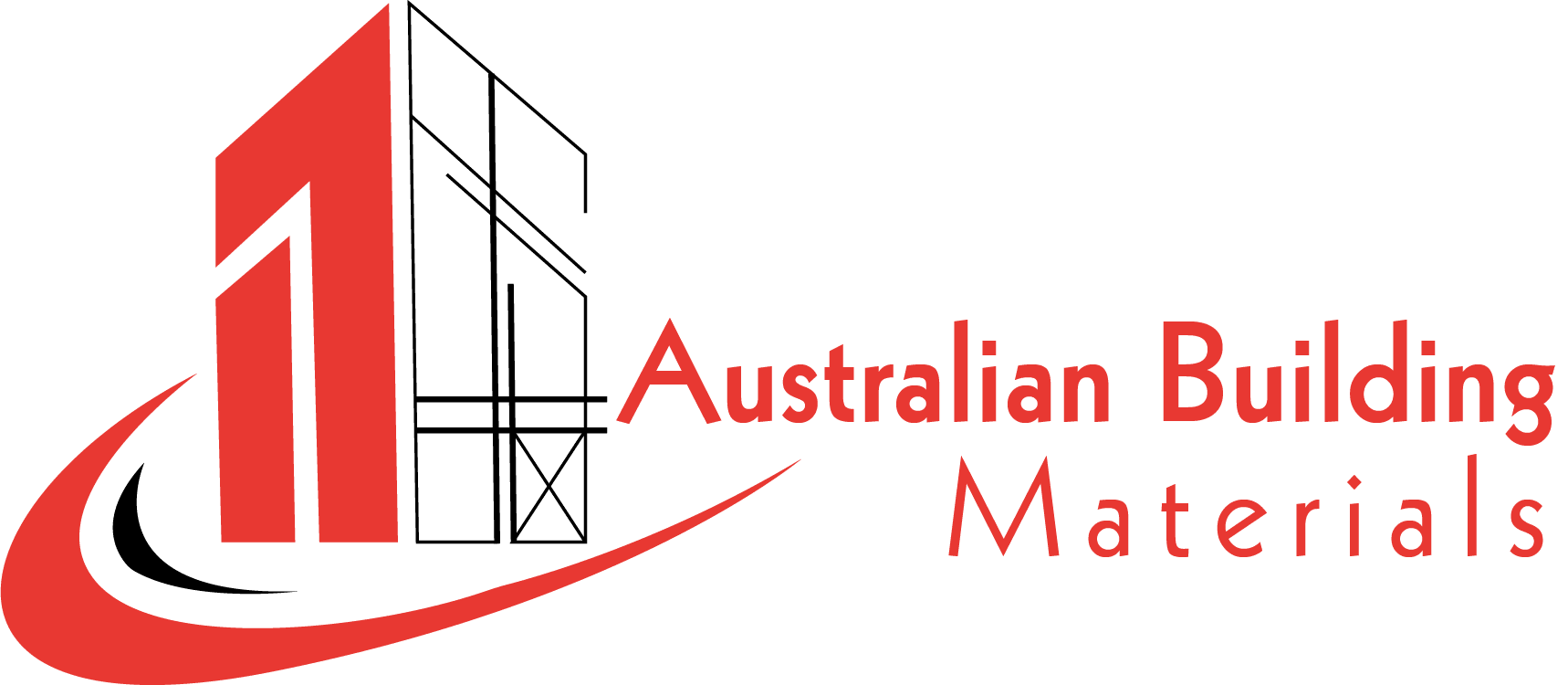Gypsum plasterboards have been used in construction since ages, in fact ancient Egyptians used to coat the inner lines of their pyramids with plaster, which were supposedly made some thousands of years ago. Gyprock plasterboard suppliers in Australia would know the essentiality of plasterboards in a building, and this article will be revolving around how these boards you see in every house are made and how they reach you through your gyprock plasterboard suppliers. Who knew that a simple rock known by the name of Gypsum could become one of the major construction guides and aid while channelling every build towards better builds! Apart from the history and “about” plasterboards, Be sure to visit Adelaide building materials for your construction requirement. They have been supplying the best quality branded plasterboards to builds across the city and have given the best guidance to contractors in every possible way!
You might as well call them the best gyprock plasterboard suppliers in Adelaide!
What is a Gyprock board?
A Gyprock board is basically a plasterboard with just a different name! Gypsum, being the major ingredient in the making of a plasterboard, and Gyprock being the brand, can pretty much explain the confusion caused here.
The primary ingredient that goes into plasterboards is gypsum, which as a fact contains 2 molecules of water and 1 molecule of calcium sulphate. By weight, when talking in chemistry terms, contains 21% water, but in actuality it comprises more than 50% of water. This water is majorly found in crystalline form which gives it a powdery look when ground, but the water is there for sure!
Unlike ice, this form of water doesn’t turn liquid upon coming in contact with the heat. Instead it turns into vapour upon reaching around 100 degrees celsius. Gypsum is used at various places in our everyday life and you would be shocked to know about some places where this material is used.
How are Plasterboards made?
After heating 75% of the water from the mixture, you get a powder known as POP or Plaster Of Paris. This is the prime ingredient that goes into making a Plasterboard which then reaches gyprock Plasterboard suppliers before adorning your home. Almost millions of tonnes of gypsum are mined globally every year, and a major chunk of this yearly excavation is used in the making of plasterboards which are then used around the world in various builds.
The other major ingredient used in this is paper!
2 Sheets of paper are required to create a sensible plasterboard which will then be able to take the impacts and the weight of the structure.
A Gyprock plasterboard mixture consists of POP (Plaster Of Paris), Asphalt emulsion or wax emulsion, & a foaming agent. While these are mixed together, air is passed through to create a considerable tension between the materials to form aerated spaces or pockets.
The mixture mentioned above is poured onto a sheet of paper with the top layer closely following from above. This sheet of paper is then placed on top of the slurry which is then pressurised into the shape of a general plasterboard and is later on dried out in an oven.
Here the boards are heated to a whopping 260 degrees celsius which gradually reduces over a period of 30-45 mins to create the perfect conditions for the crystalline moisture to stay intact in the board.
Conclusion
The finished plasterboards arrive at your gyprock plasterboard suppliers warehouse and later on, reach your building in no time. Plasterboards are used in almost every build and undergo a somewhat tedious process before looking as beautiful as your wall.
The fact that a lot goes into creating plasterboards gives Gyprock plasterboard suppliers quite a lot of importance in a build. A genuine builder knows to go for Adelaide Building materials before approaching any other Gyprock plasterboard suppliers, as they have provided quality materials to several builds and master builders across the state.

